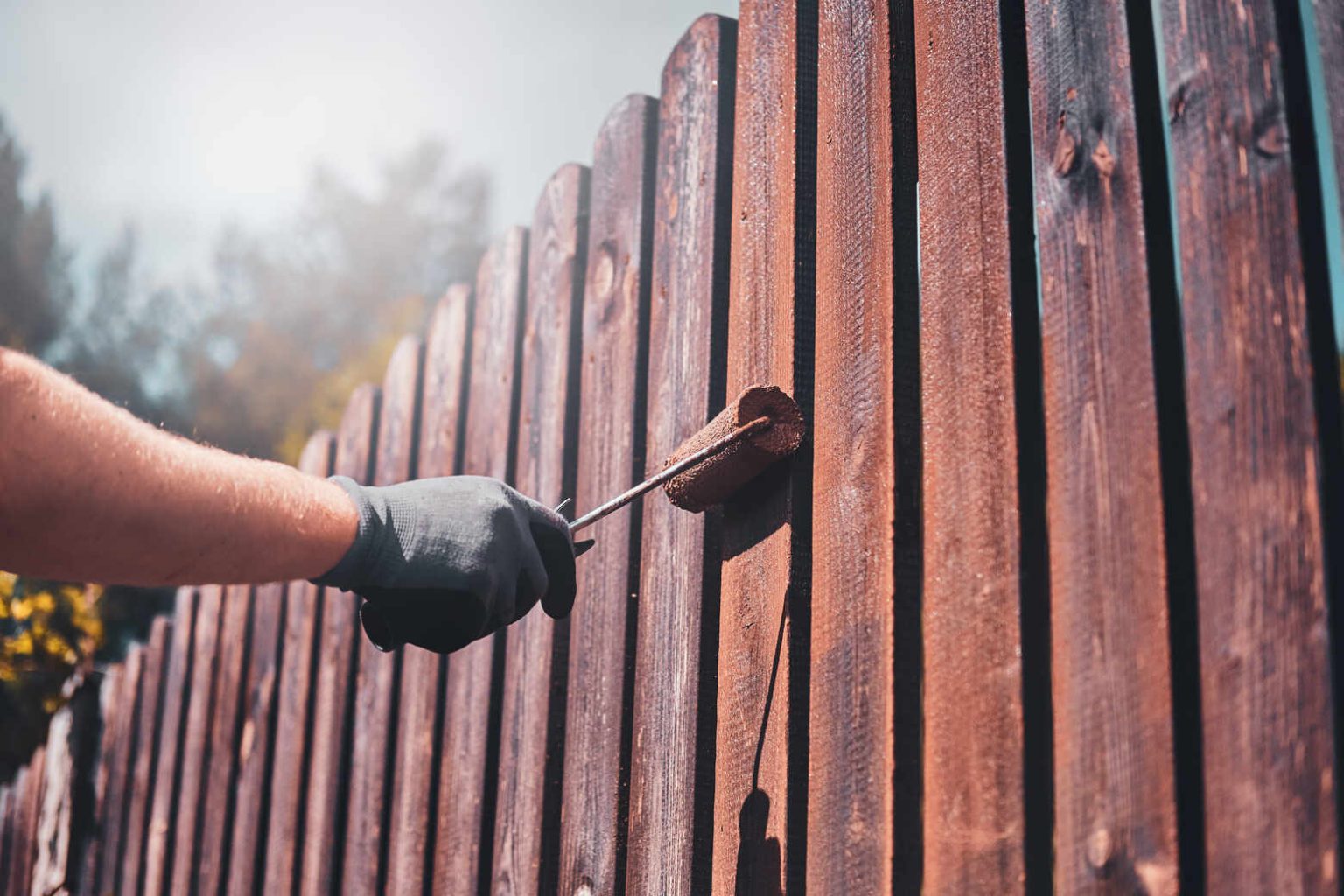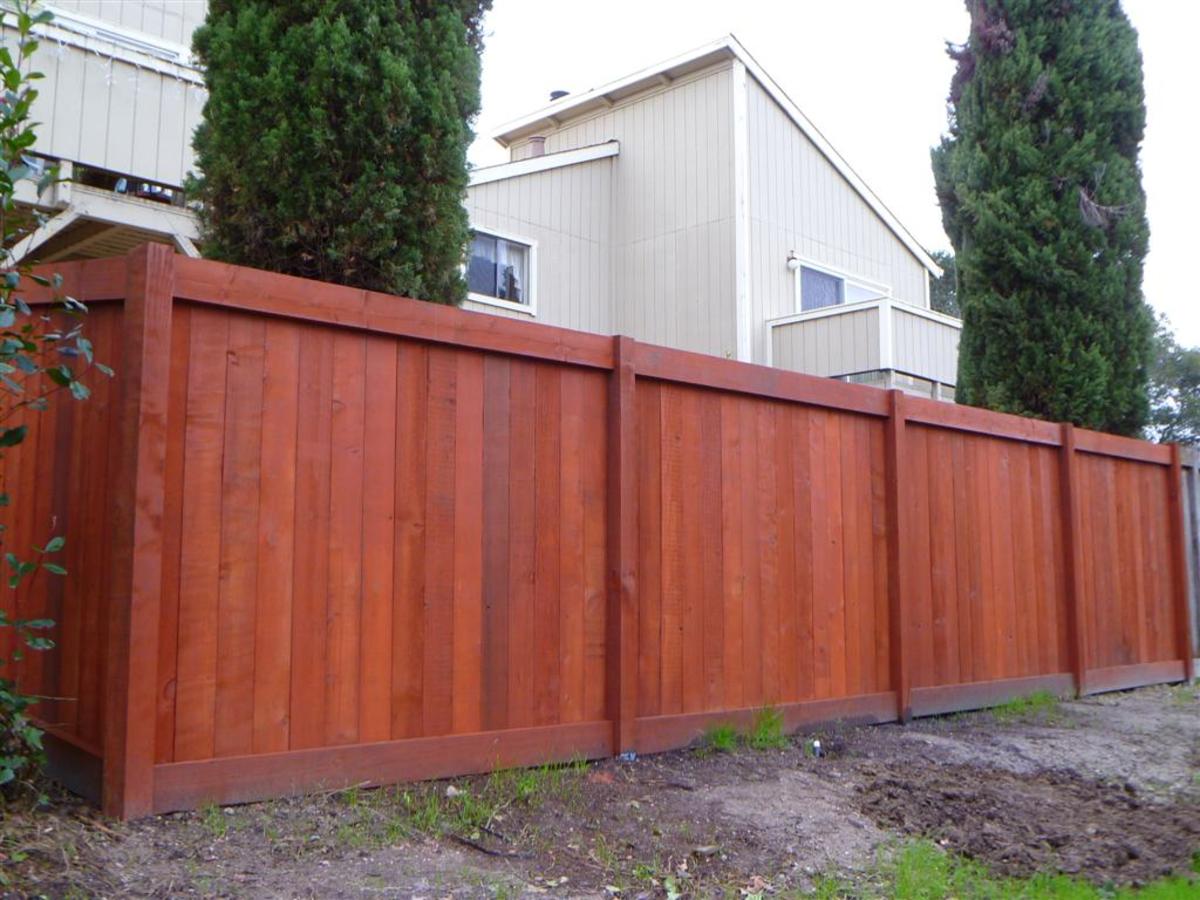The Ultimate Overview to Deck Discoloration
Whether you are a skilled Do it yourself fanatic or a homeowner looking to enhance the appeal of your deck, understanding the nuances of appropriate deck discoloration is important. As we navigate with the complex procedure of deck staining, you will certainly reveal invaluable insights that will not only elevate the visual charm of your deck but additionally ensure its resilience for years to come.
Value of Deck Prepping
Proper deck prepping is vital to make sure a resilient and effective staining procedure. Before diving right into staining your deck, taking the time to prepare the surface properly can make a significant difference in the final outcome.
After cleansing, it is critical to allow the deck adequate time to dry completely before proceeding with the discoloration procedure. Wetness trapped in the wood can protect against the discolor from appropriately sticking, causing a uneven and irregular surface. Furthermore, check the deck for any loosened boards, nails, or screws that might require to be tightened up or replaced before tarnishing to ensure a smooth and risk-free surface area.
Making the effort to prep your deck diligently can result in a perfectly tarnished deck that not just enhances the aesthetic appeal of your outside area yet also protects the wood, expanding its life-span.
Picking the Right Discoloration
After completely preparing your deck surface area, the next critical step is choosing the appropriate tarnish to accomplish both aesthetic enhancement and lasting security. When choosing a discolor for your deck, consider the sort of timber you are collaborating with, the preferred shade and finish, in addition to the degree of upkeep you agree to devote to in the future.
There are generally two primary sorts of deck stains: water-based and oil-based. Oil-based discolorations pass through much deeper into the timber, supplying excellent protection against moisture and UV rays. They generally offer a richer color but may call for more time to dry. On the various other hand, water-based discolorations are much more eco-friendly, dry much faster, and send out less odors. They are simpler to tidy up yet might not offer the exact same level of durability as oil-based stains.
Inevitably, the right tarnish for your deck will rely on your personal preferences, the climate in your area, and the quantity of upkeep you want to take on to keep your deck looking its best.
Proper Stain Application Techniques

Next, choose the right tools for the job. A roller, sprayer, or paintbrush can be used relying on individual choice and the dimension of the deck. When applying the stain, work in tiny sections, following the timber grain to guarantee an even coat. Bear in mind drips and overlap each pass a little to prevent irregular coloring. If required, permit the initial coat to completely dry completely prior to applying a 2nd layer. Lastly, preserve the deck by on a regular basis reapplying and cleansing discolor as required to maintain it looking fresh and safeguarded.
Preserving Your Tainted Deck
To protect the look and toughness of your deck's tarnish, normal maintenance is necessary. Correct upkeep not just maintains your deck looking its finest however also aids prolong the life of the stain, protecting the timber from the elements. By remaining positive with upkeep, you can original site take pleasure in a wonderfully discolored deck for years to fence companies houston come.

Troubleshooting Common Discoloration Issues
Normal upkeep of your discolored deck is vital not just for maintaining its appearance and longevity yet additionally for addressing typical staining concerns that may occur over Full Article time. In spite of your best efforts, issues like peeling off, splitting, or uneven color circulation can happen. One usual issue is improper prep work, such as failing to completely dry and clean the deck properly prior to discoloration. This can result in bad adhesion and premature peeling. To repair, remove off the existing stain, clean the surface area extensively, and permit it to dry entirely before restaining. Another constant problem is over-application of discolor, resulting in a thick, sticky layer that won't appropriately dry or remedy. In this instance, remove excess discolor with a brush or fabric and allow the deck to completely dry appropriately. Additionally, if you see uneven coloring, it might be because of improper application strategies. To repair this, think about applying a second layer making use of regular strokes and making sure also coverage. By promptly recognizing and dealing with these common staining problems, you can maintain a lasting and attractive finish on your deck.

Final Thought
By completely prepping the deck, choosing the appropriate discolor, using it correctly, and routinely keeping it, you can make sure a attractive and durable coating. Complying with these standards will aid you accomplish a sensational stained deck that you can appreciate for years to come.
Whether you are an experienced DIY lover or a property owner looking to improve the appeal of your deck, comprehending the subtleties of correct deck discoloration is important - fence staining companies franklin. As we browse through the complex procedure of deck staining, you will discover very useful understandings that will certainly not only raise the visual allure of your deck but likewise ensure its longevity for years to come
Normal maintenance of your stained deck is critical not only for maintaining its appearance and toughness but also for resolving common staining issues that may occur over time. In this instance, eliminate excess stain with a brush or fabric and allow the deck to completely dry appropriately. By thoroughly prepping the deck, picking the right discolor, using it correctly, and consistently maintaining it, you can ensure a lovely and resilient surface.